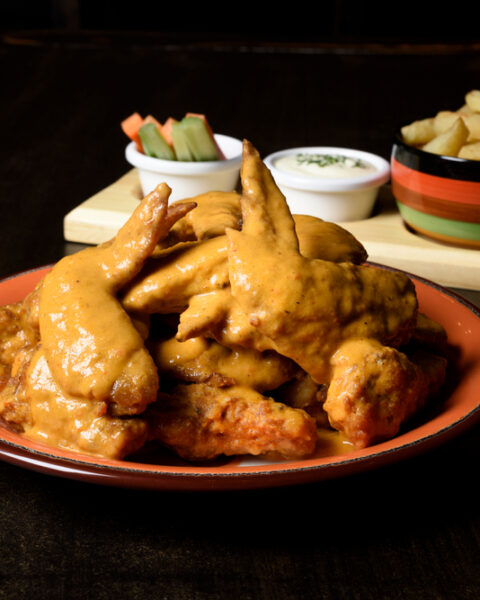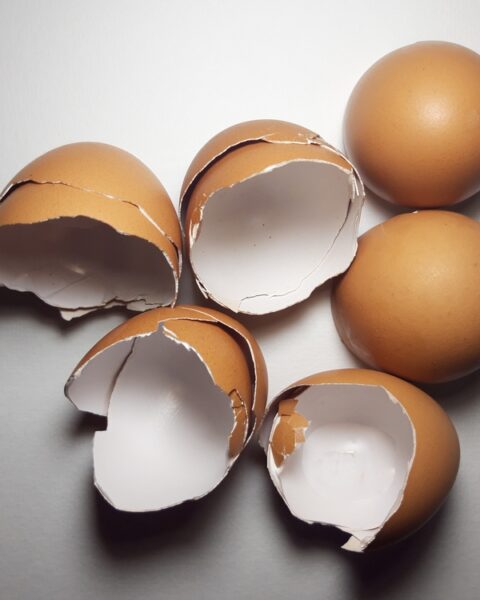Sauces add depth, flavor, and complexity to your meals, turning even the simplest ingredients into something special. Crafting a sauce that truly stands out requires more than just following a recipe—it’s about understanding the techniques and ingredients that turn the mixture into an interesting condiment. Here are some of the secrets that professional chefs use to create sauces that have people coming back for more.
Contents
- 1 Start with Fresh Ingredients
- 2 Master the Art of Reduction
- 3 Balance Acidity and Sweetness
- 4 Use the Right Cooking Fat
- 5 Incorporate Layers of Flavor
- 6 Don’t Skip the Emulsification
- 7 Season at Every Stage
- 8 Experiment with Umami-Rich Ingredients
- 9 Thicken Without Cornstarch
- 10 Finish with Fresh Herbs
- 11 Understand the Role of Heat
- 12 Deglaze for Extra Flavor
- 13 Taste and Adjust Throughout
- 14 Let It Rest
- 15 More From RetailShout
- 16 14 Mouthwatering Barbecue Recipes for the Perfect Grill
- 17 25 Perfectly Baked Chicken Recipes for Any Meal
Start with Fresh Ingredients
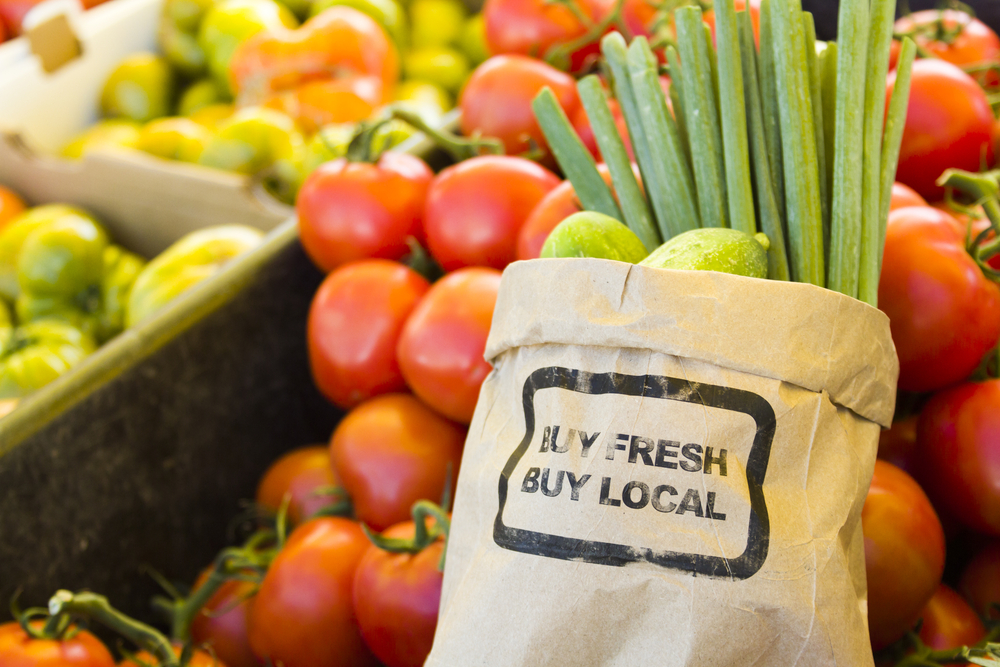
The foundation of any great sauce begins with fresh ingredients. Whether it’s tomatoes for marinara, garlic for aioli, or herbs for pesto, using the freshest components ensures the most vibrant flavors. Fresh ingredients have a natural depth that pre-packaged or processed items simply can’t replicate. When you start with quality, your sauces will naturally taste better. Remember, the fresher your ingredients, the more robust and authentic the flavor.
Master the Art of Reduction
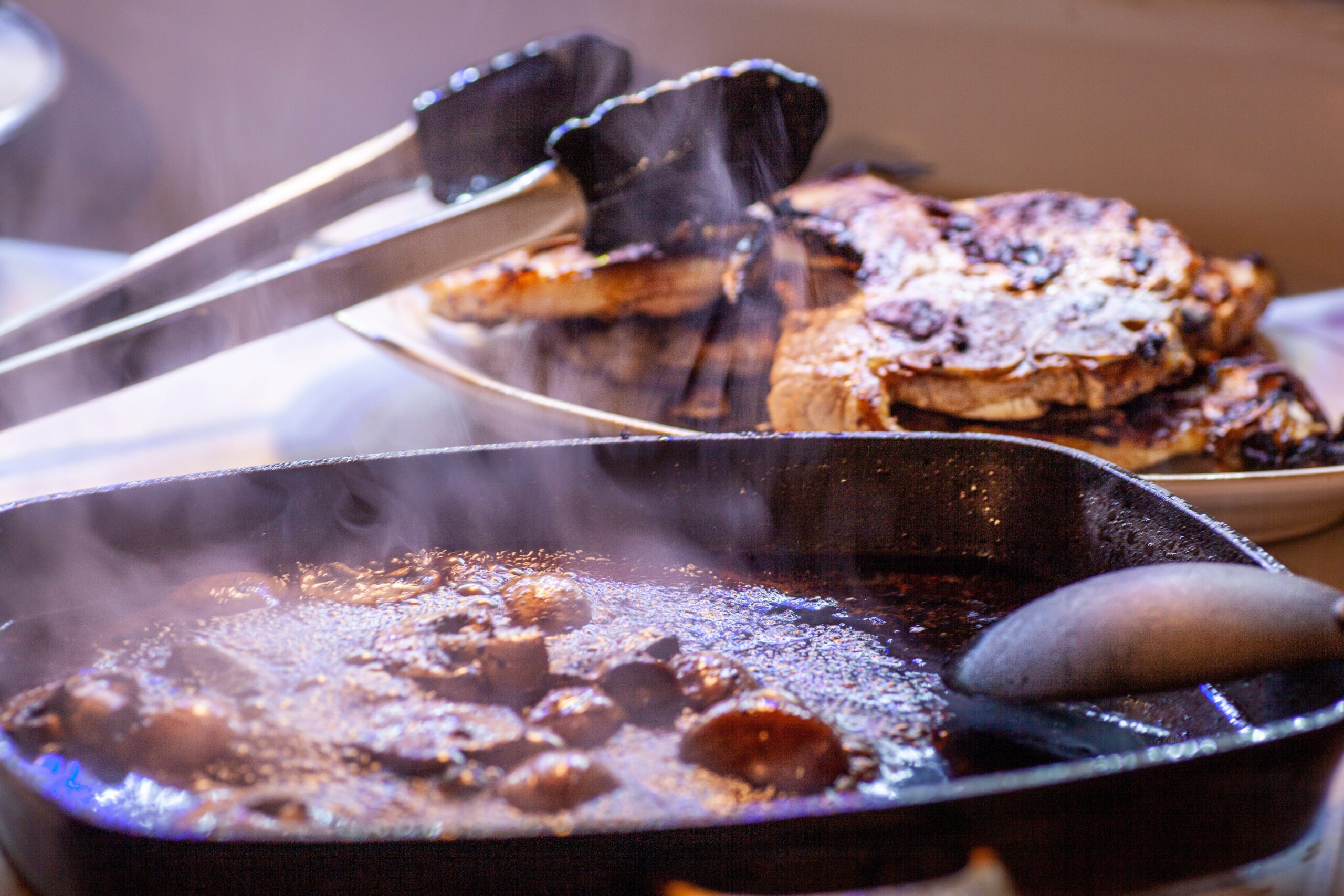
Reduction is a technique where you simmer your sauce to evaporate the water content, concentrating the flavors. This process thickens the sauce naturally without the need for additional thickeners like flour or cornstarch. By allowing the sauce to reduce, the flavors become more intense and rich. This is especially important for sauces like balsamic glaze or wine-based reductions, where you want a syrupy consistency and bold taste. Take your time with this process—it’s worth the patience.
Balance Acidity and Sweetness
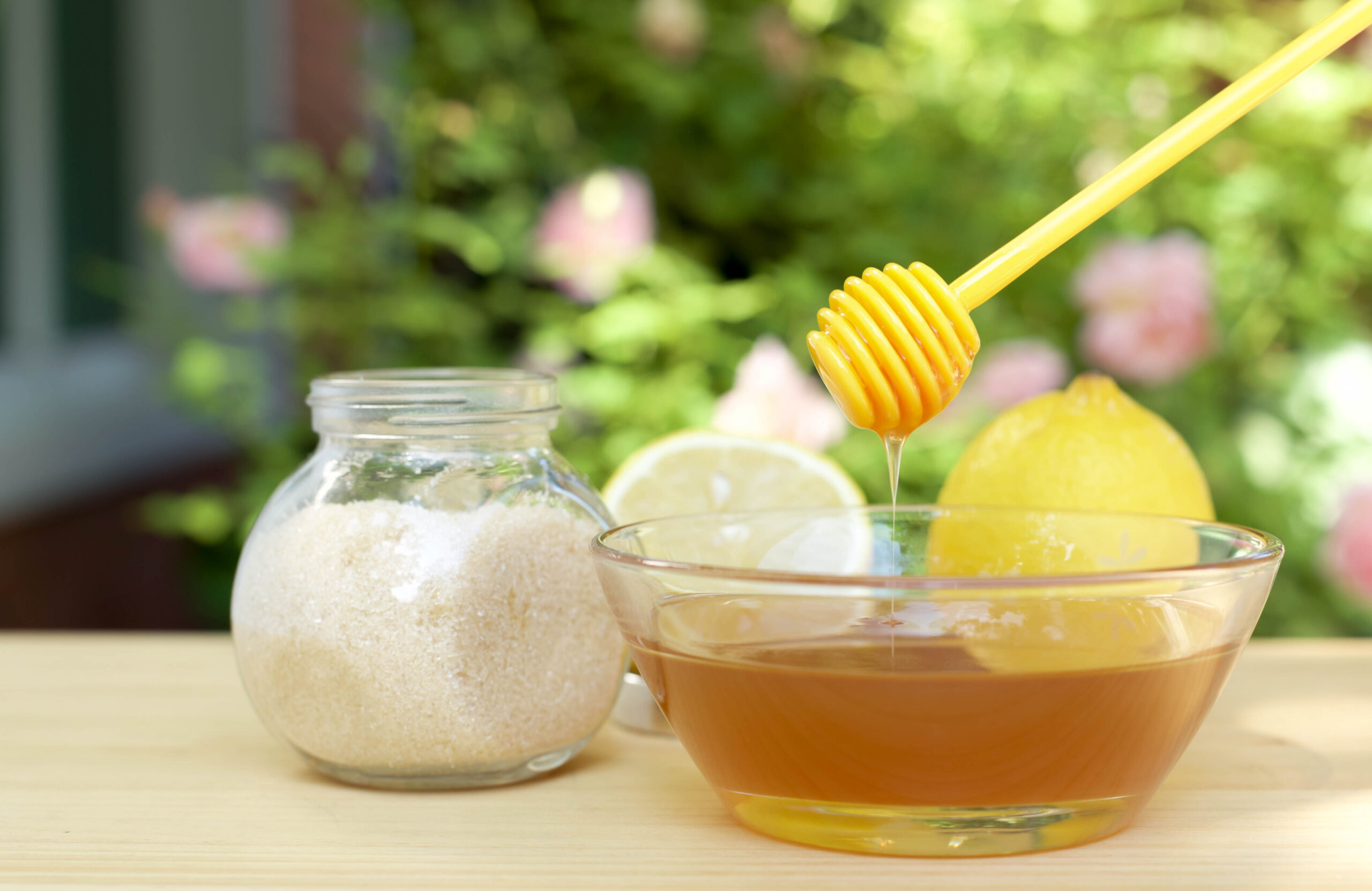
Achieving the right balance between acidity and sweetness is crucial for a well-rounded sauce. Too much acidity can make a sauce taste sharp, while too much sweetness can overwhelm other flavors. Use ingredients like vinegar, citrus juice, sugar, or honey to adjust the taste as needed. A small amount of sugar can balance the acidity of tomatoes in a pasta sauce, for example. Taste as you go to find that perfect equilibrium that pleases the palate.
Use the Right Cooking Fat
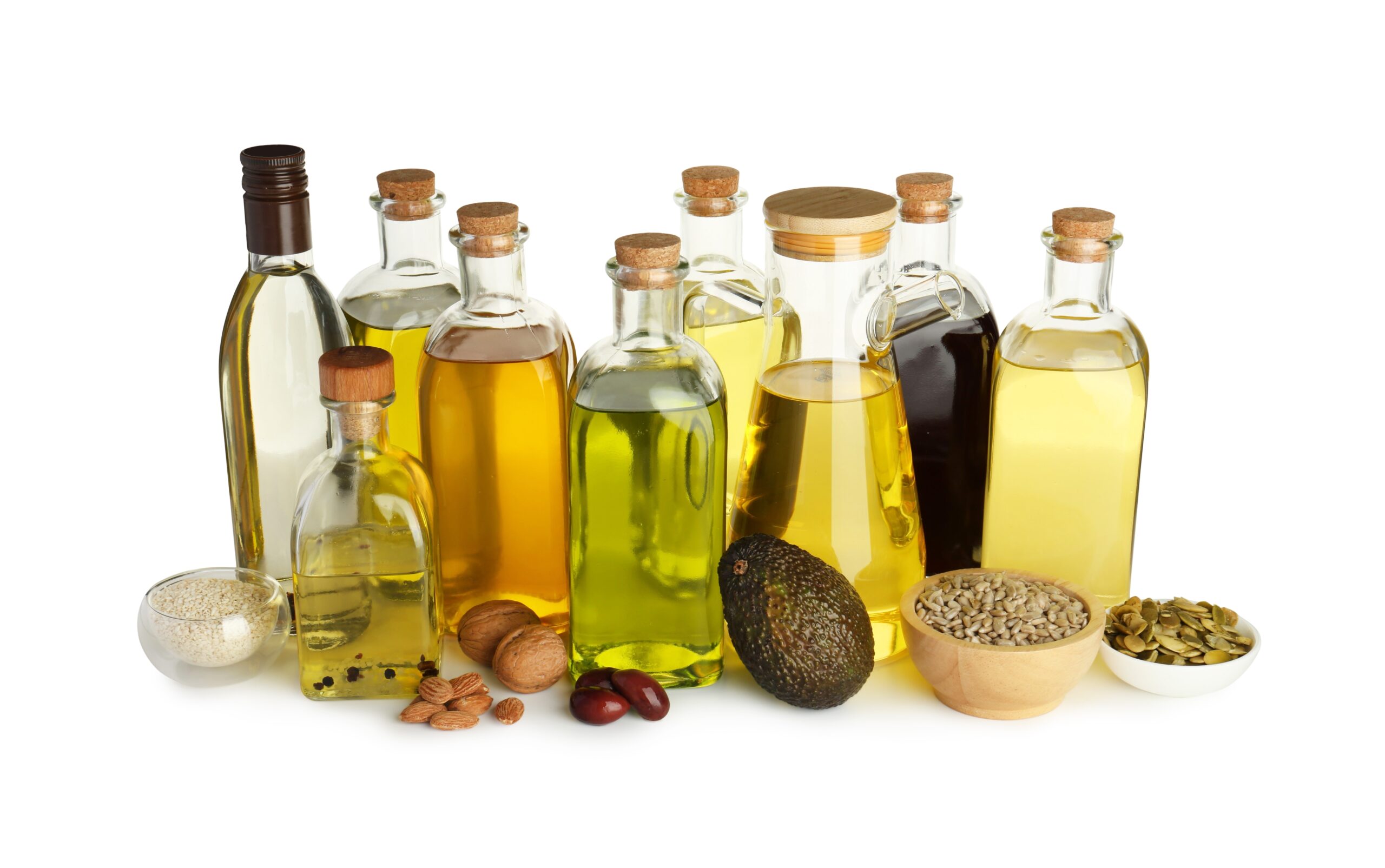
The type of fat you use can significantly affect the flavor and texture of your sauce. Butter, olive oil, and cream are popular choices, each lending a different quality to the sauce. Butter provides richness and a smooth mouthfeel, while olive oil adds a fruity, earthy note. For a lighter sauce, consider using a combination of broth and a smaller amount of fat. The key is to match the fat to the sauce’s purpose—lighter fats for delicate sauces, richer fats for heartier ones.
Incorporate Layers of Flavor
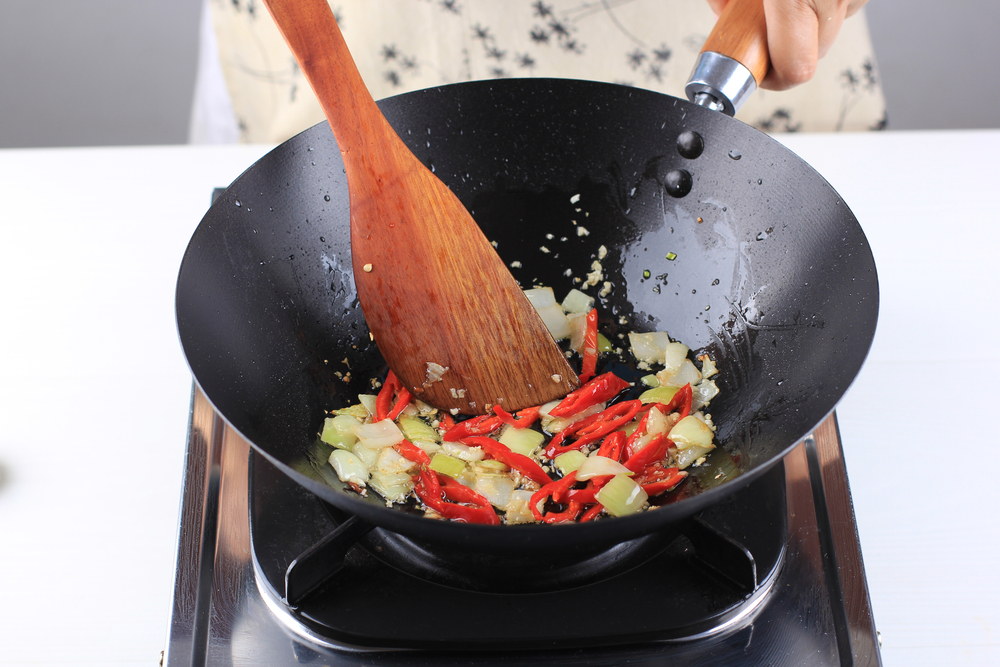
Building layers of flavor is essential for a complex and well-rounded sauce. Start by sautéing aromatics like onions, garlic, or shallots to create a flavorful base. Add herbs and spices early on to allow their flavors to infuse throughout the cooking process. Consider deglazing the pan with wine or broth to lift any browned bits, which adds depth. Finally, finish with fresh herbs or a splash of acid just before serving to brighten the sauce. Layering flavors creates a more dynamic and satisfying sauce.
Don’t Skip the Emulsification
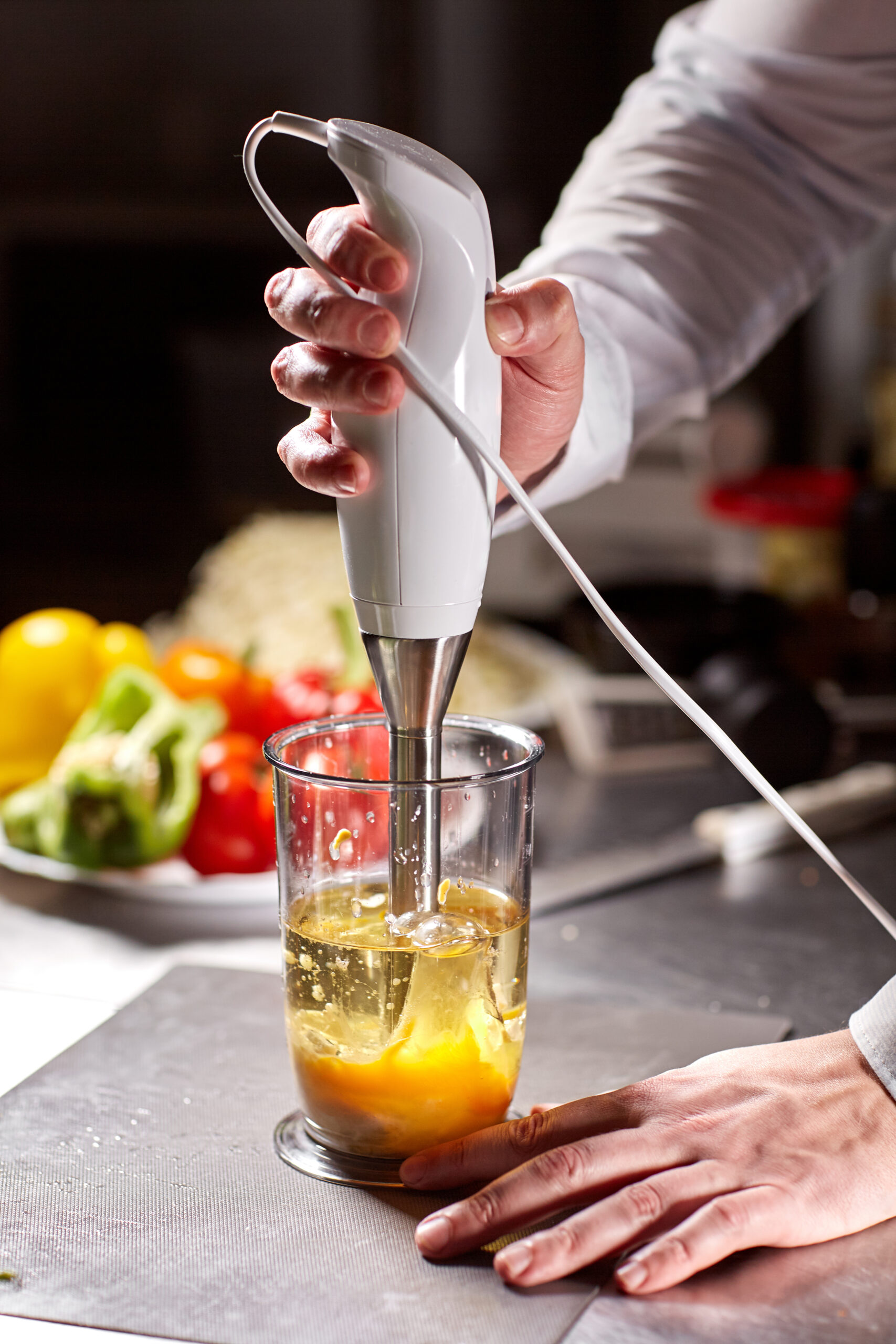
Emulsification is the process of blending two liquids that usually don’t mix, like oil and vinegar, into a smooth and cohesive sauce. This technique is crucial for making creamy dressings, mayonnaise, and hollandaise sauce. The key is to add the oil slowly while continuously whisking, which helps to evenly disperse the fat and create a stable emulsion. If your sauce starts to separate, don’t panic—just whisk vigorously or add a drop of water to help it come back together. Perfecting emulsification will give your sauces a professional finish.
Season at Every Stage
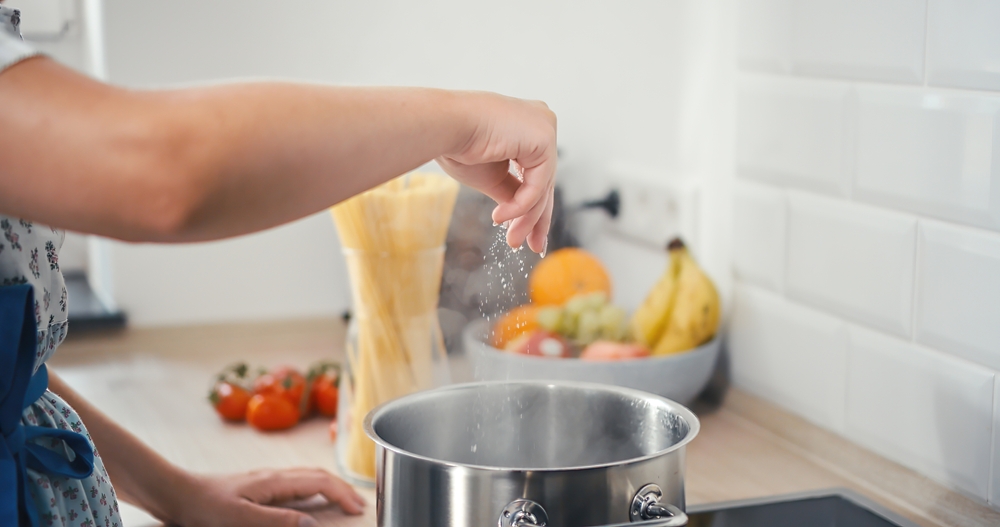
Artshake Media / Shutterstock
Seasoning your sauce as it cooks, rather than just at the end, helps build a more nuanced flavor profile. Start with a light hand, adding salt, pepper, and other spices incrementally. As the sauce reduces and the flavors concentrate, continue to taste and adjust the seasoning. Remember, it’s easier to add more seasoning than to correct an over-salted dish. Proper seasoning at each step ensures a balanced and flavorful final product.
Experiment with Umami-Rich Ingredients
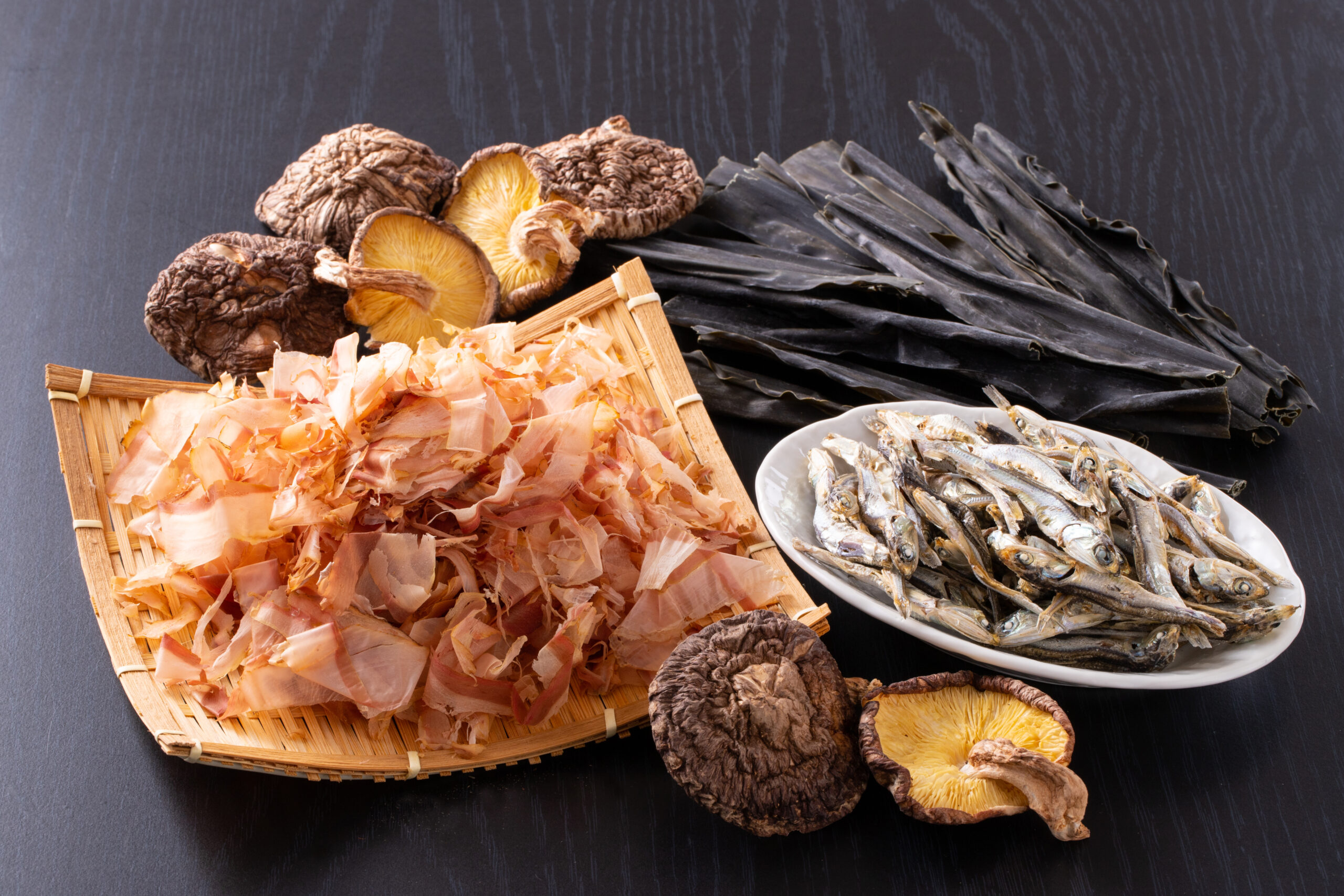
Umami, often referred to as the “fifth taste,” adds depth and savoriness to sauces. Ingredients like soy sauce, mushrooms, anchovies, Parmesan cheese, and miso paste are rich in umami and can elevate the flavor of your sauce. Adding a small amount can make a big difference, transforming a simple tomato sauce into something more complex and satisfying. Don’t be afraid to experiment with these ingredients to discover new flavor combinations that enhance your sauces.
Thicken Without Cornstarch
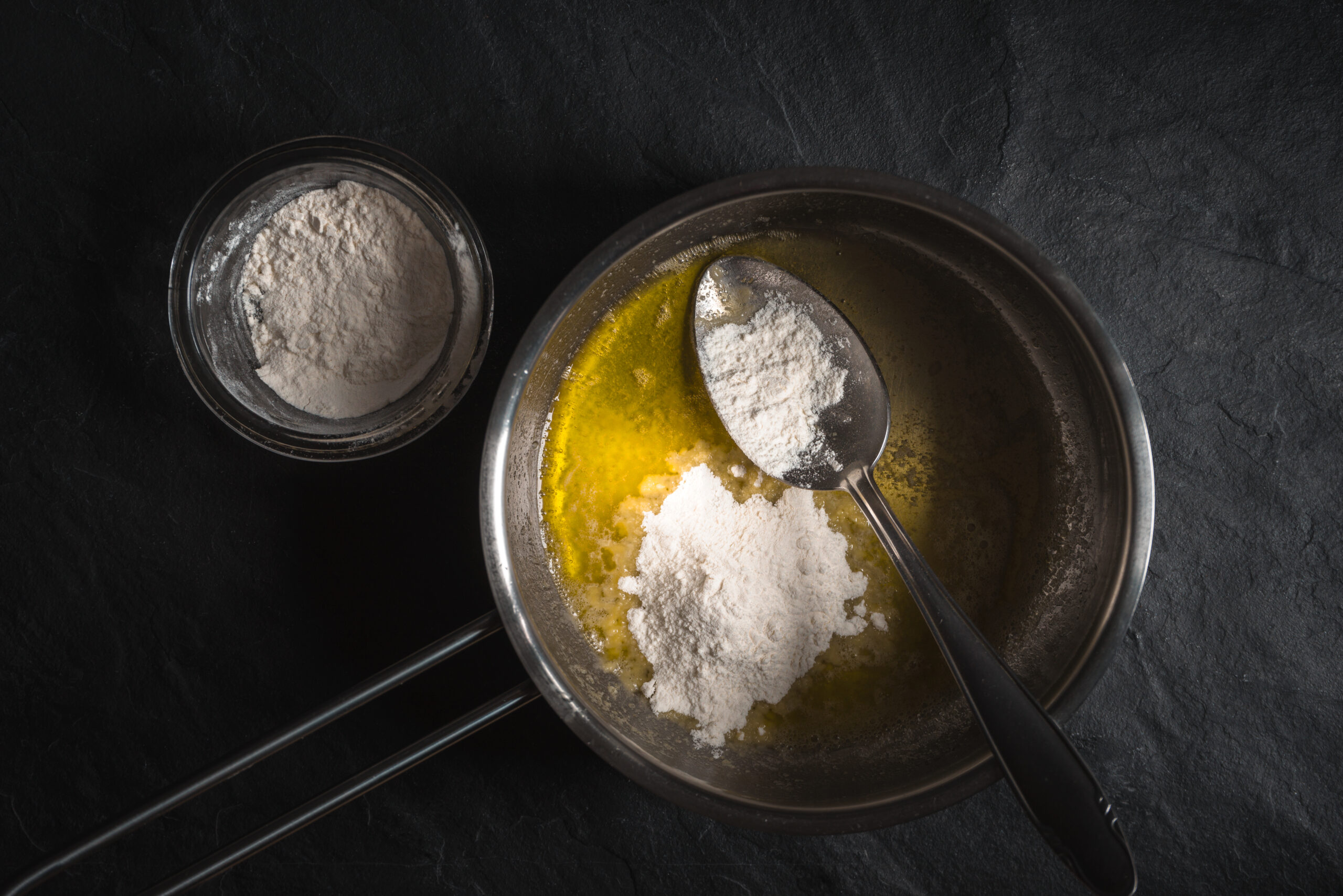
While cornstarch is a common thickening agent, there are other methods to achieve a silky sauce without it. You can use a roux, a mixture of flour and fat, to thicken gravies and cream sauces. Alternatively, pureeing a portion of your ingredients, like vegetables or beans, can naturally thicken the sauce. Another option is to use a reduction method, as mentioned earlier, to concentrate the sauce’s texture. These techniques can result in a thicker, more luxurious sauce without the need for additional starches.
Finish with Fresh Herbs
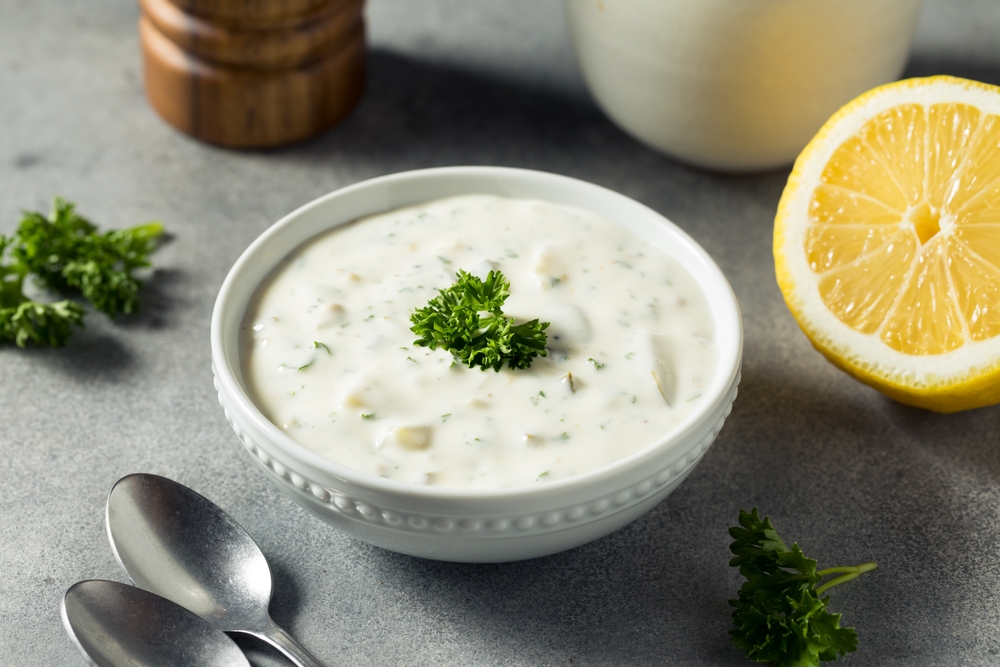
Adding fresh herbs at the end of cooking can brighten and elevate the flavor of your sauce. Herbs like basil, parsley, cilantro, or chives are best added just before serving to maintain their vibrant color and flavor. These herbs can add a burst of freshness that complements the richness of the sauce. However, heartier herbs like thyme or rosemary can be added earlier in the cooking process for a more subtle infusion. Fresh herbs are a simple yet effective way to take your sauces from good to gourmet.
Understand the Role of Heat
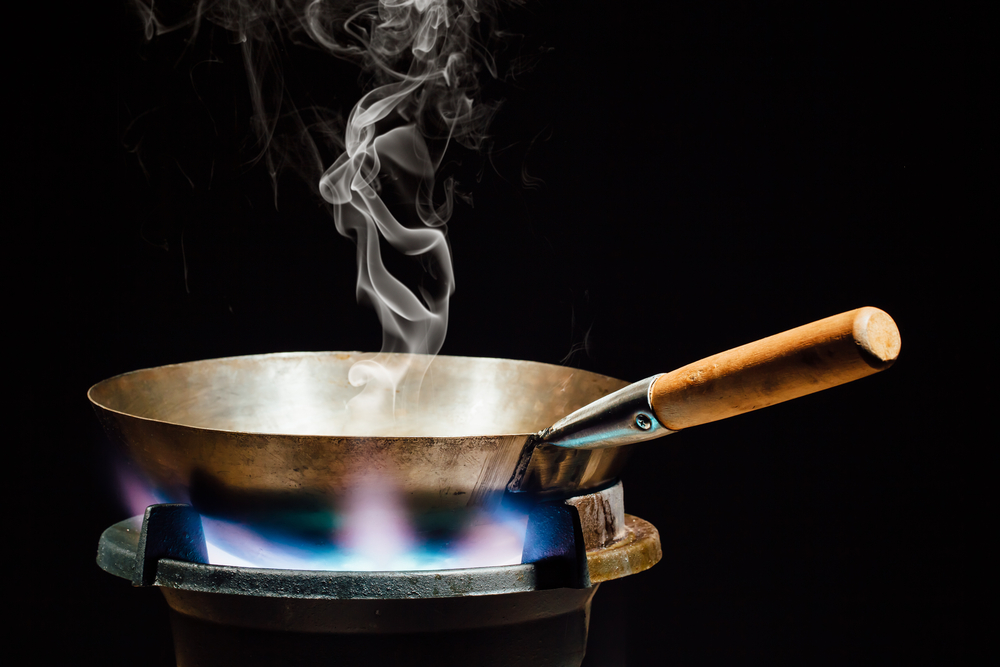
The temperature at which you cook your sauce can greatly impact its final outcome. For delicate sauces, like beurre blanc or hollandaise, low and steady heat is essential to prevent the sauce from breaking. On the other hand, robust sauces like marinara or bolognese benefit from a slow simmer, which allows the flavors to meld and intensify over time. Be mindful of the heat level throughout the cooking process to achieve the desired consistency and flavor. Mastering the control of heat is a key step in making professional-quality sauces.
Deglaze for Extra Flavor
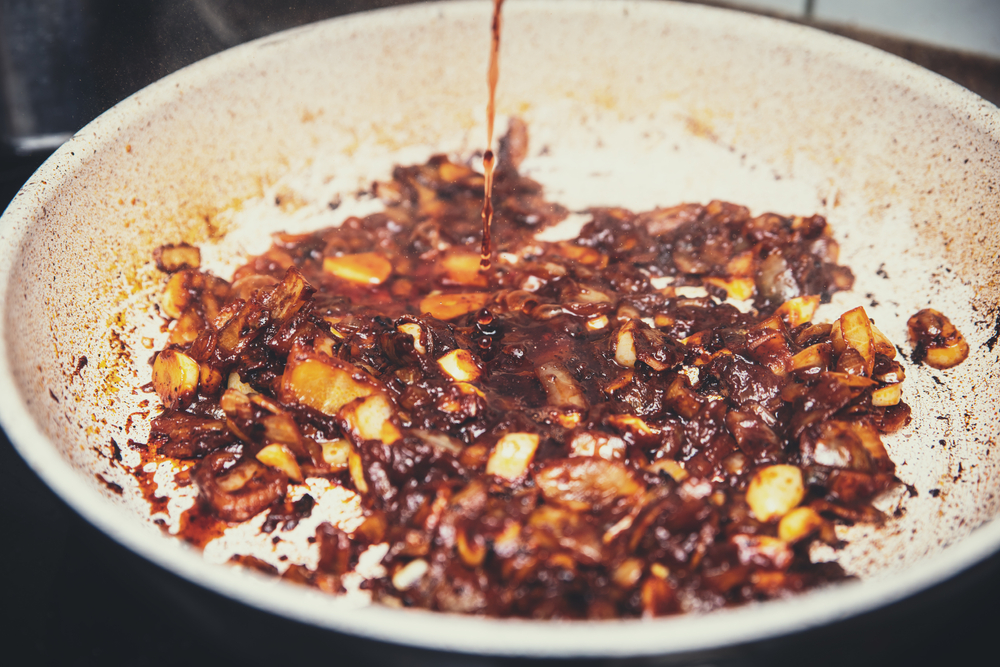
Deglazing is a technique where you add liquid to a hot pan to lift the flavorful browned bits left behind after searing meat or vegetables. These bits, known as fond, are packed with flavor and can be the foundation of a delicious sauce. Common deglazing liquids include wine, broth, vinegar, or even water. Once the fond is dissolved, the liquid can be reduced to concentrate its flavor before adding additional ingredients to build the sauce. Deglazing adds complexity and depth, making your sauces taste more sophisticated.
Taste and Adjust Throughout

One of the most important aspects of sauce making is tasting and adjusting as you go. Don’t wait until the end to find out that your sauce needs more salt, acid, or sweetness. Continuously taste your sauce at various stages of cooking to ensure the flavors are developing as desired. This habit allows you to make adjustments before it’s too late, ensuring a well-balanced and flavorful sauce every time. Tasting throughout the process is a hallmark of professional cooking.
Let It Rest
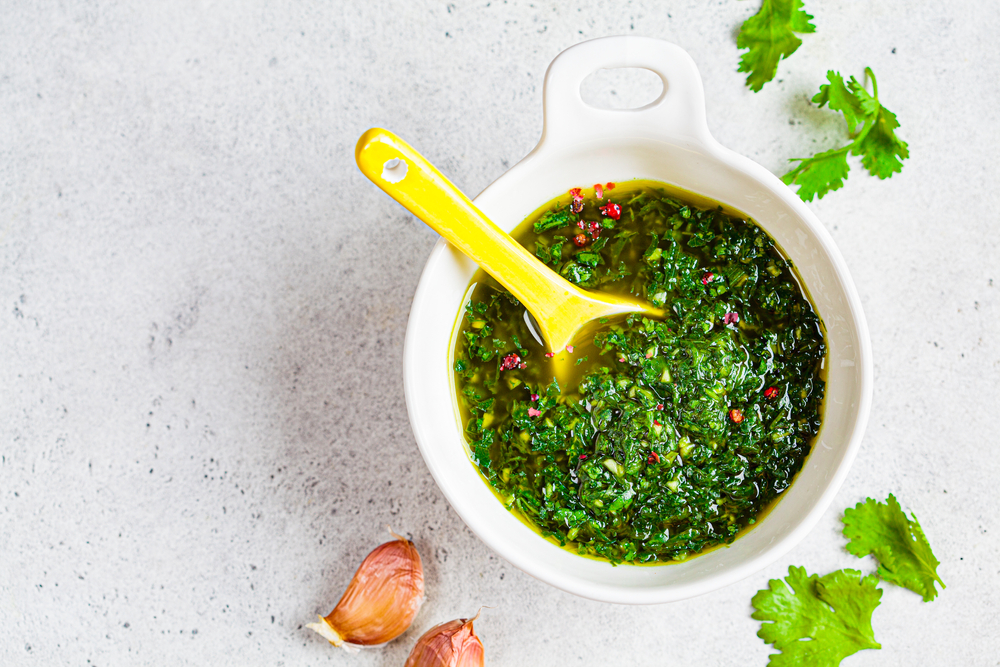
Just like a good steak, sauces benefit from a brief resting period before serving. Allowing your sauce to rest for a few minutes after cooking gives the flavors time to meld and settle. This is particularly important for richer sauces, where the ingredients need time to harmonize. If the sauce thickens too much during this time, you can gently reheat it or thin it out with a little water or broth. Resting your sauce ensures that every bite delivers the full depth of flavor you’ve worked to create.
This article originally appeared on RetailShout.
More From RetailShout
18 High-Fiber Foods That Help Maintain a Balanced Diet
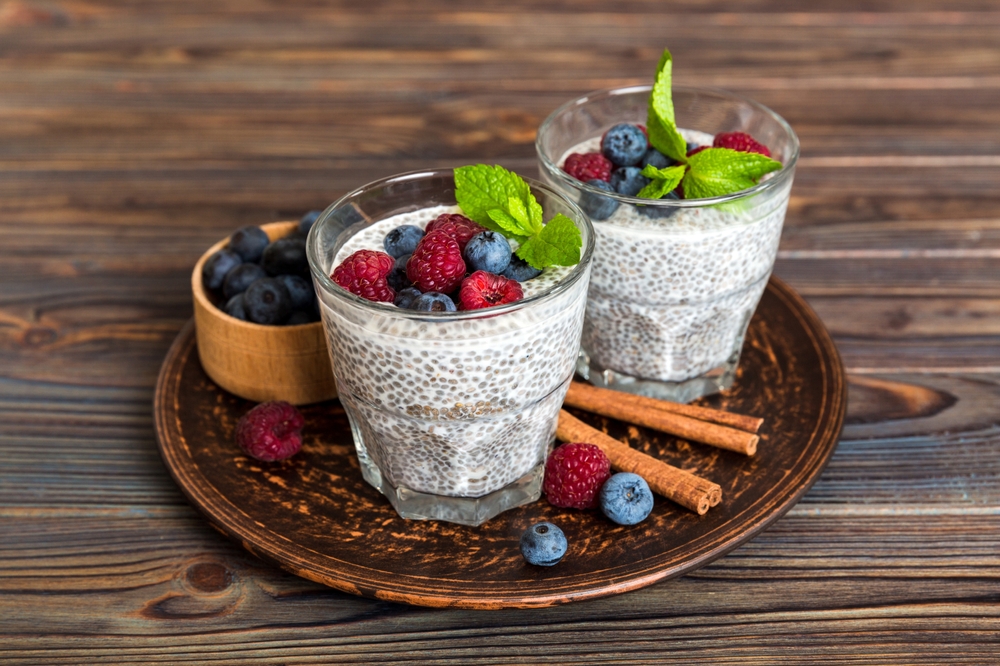
Eating enough fiber is one of the easiest ways to keep your body running smoothly. It supports healthy digestion, keeps you feeling full longer, and even helps manage cholesterol and blood sugar levels. Read More.
14 Mouthwatering Barbecue Recipes for the Perfect Grill
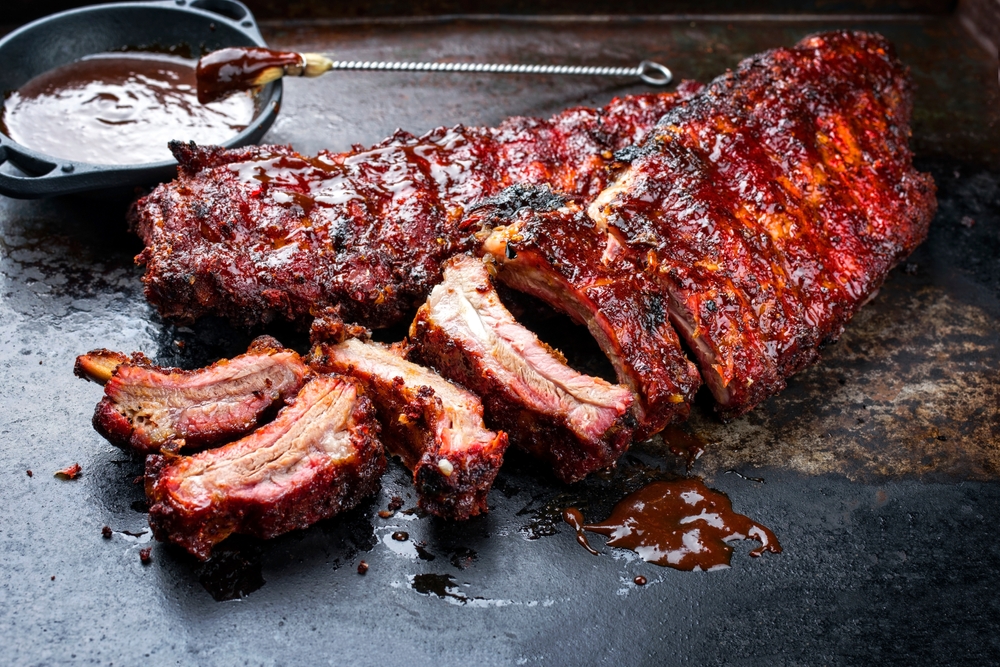
Want to up your barbecue game? These recipes will make you the star of any cookout. They’re simple, delicious, and will have you feeling like a true pitmaster in no time. Read More
25 Perfectly Baked Chicken Recipes for Any Meal

When it comes to cooking chicken, baking is one of the easiest and most foolproof methods that always delivers delicious results. These baked chicken recipes will help you mix things up in the kitchen and make meal planning a breeze. Read More.


